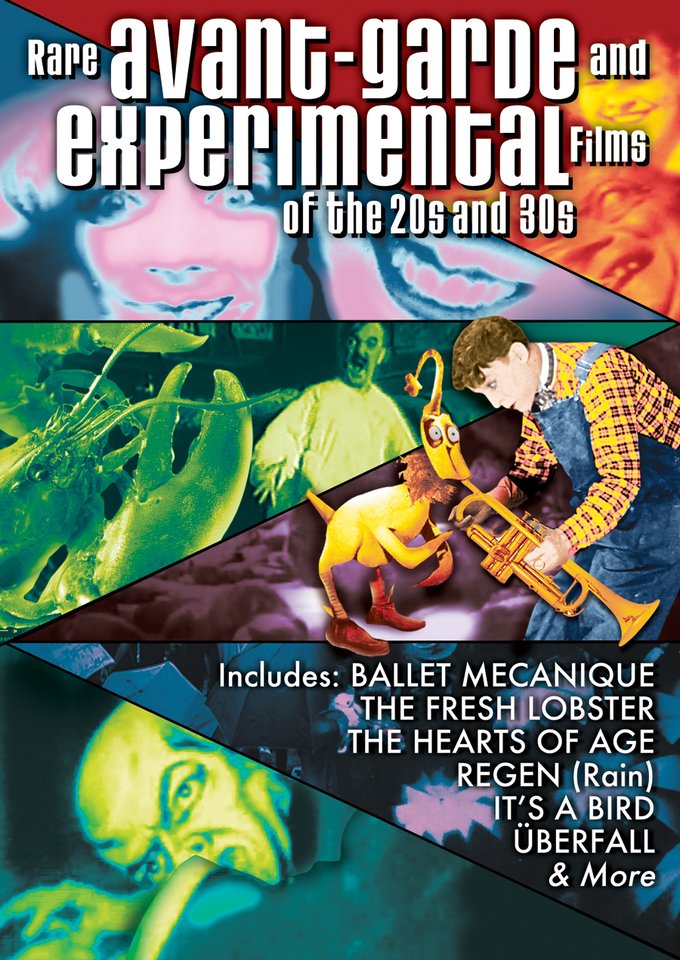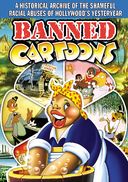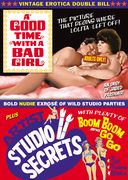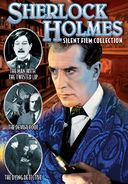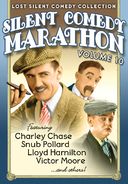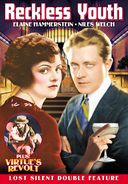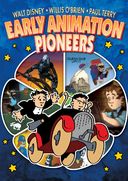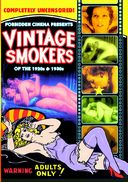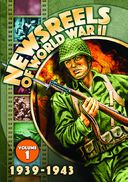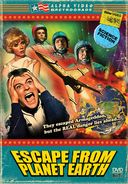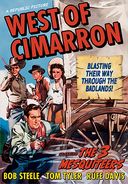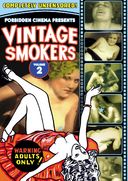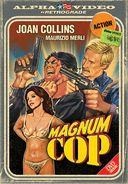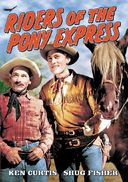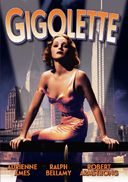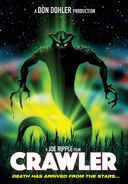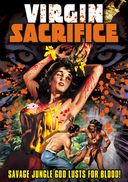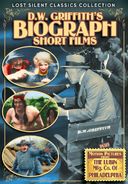Rare Avant-Garde and Experimental Films of the 20s and 30s

| Price: | $6.90 |
| List Price: |
|
| You Save: | $2.08 (23% Off) |
|
Made-on-Demand
|
DVD-R Details
- Run Time: 1 hours, 38 minutes
- Video: Black & White
- Encoding: Region 0 (Worldwide)
- Released: April 16, 2019
- Originally Released: 1924
- Label: Alpha Video
Performers, Cast and Crew:
| Starring | Orson Welles, Billy Bletcher & Charley Bowers | |
| Directed by | Ernö Metzner, Joris Ivens & Fernand Leger |
Entertainment Reviews:
Description by OLDIES.com:
ÜBERFALL (1928): A haunting short film by Erno Metzner, Überfall (or Accident) tells the story of a cursed coin that brings doom to all those who come into possession of it. Bizarre camera angles and funhouse mirror effects add to the overpowering sense of dread. Überfall was considered so upsetting that it was banned in Germany for its "brutalizing and demoralizing effect" on audiences. Despite this, it fomented the "New Objectivity" movement in German cinema, a realist counterpoint to German Expressionism.
REGEN (RAIN) (1929): Co-directed by Mannus Franken and Joris Ivens, Regen (or Rain) is a lyrical portrait of Amsterdam during a rainstorm. An example of the "City Symphony" genre that was popular among avant-garde filmmakers during the late silent era, it uses breathtaking cinematography to create evocative, unforgettable images. Ivens would have a long career making documentaries right up until his death in 1989.
THE FRESH LOBSTER (1920s): An insomniac dines on some old lobster in the middle of the night, only to find the tables turned when the crustacean (now grown to giant size) chases him in his dreams! A blend of live-action, cel animation, and puppetry, The Fresh Lobster is as remarkable as it is mysterious. Despite bearing a copyright date of 1948, it was clearly made during the silent era. Who actually directed it remains a source of speculation (guesses include Windsor McCay, Max Fleischer and Walter Lantz.) Star Billy Bletcher is not anonymous, however – he is well known for appearing in several Our Gang and Three Stooges shorts, as well as for providing the voices of Peg-Leg Pete and the Big Bad Wolf in Disney cartoons.
IT'S A BIRD (1930): An unfairly forgotten genius, slapstick comedian Charley Bowers made bizarre films that mixed groundbreaking stop-motion animation with live-action. It's a Bird is his most famous. Bowers plays an explorer who brings back a rare "metal eating bird" from Africa – who proceeds to consume everything in its path, including Charley's car! In recent years, Bowers' films have been rediscovered and reevaluated by film historians.
CITY OF WAX (1934):Brothers Stacy and Horace Woodward were innovators in the use of microscopic camera filming technology. Their trademark camera was a huge piece of equipment set up in their Santa Monica garage, perfect for capturing the miniature world of insects. The Woodwards' first film, City of Wax, is an incredible close-up look at the life of a honeybee. It won Best Short Film (Novelty) at the 7th Annual Academy Awards in 1935.
AND SO TO WORK (1934): Former doctor Richard Massingham made unique amateur films during the early 30s in the UK. And So to Work chronicles the efforts of an "average man" to get to his job in the morning, incorporating clever uses of sound, editing, and even stop-motion. Though his films were initially never intended for anything other than private use, they garnered enough acclaim that the British government hired Massingham to make public service shorts during World War II.
THE HEARTS OF AGE (1934): In 1934, a 19-year-old Orson Welles shot this silent amateur home movie during a theatre festival at the Todd School for Boys in Woodstock, Illinois. Welles, wearing heavy make-up, seems to be the Angel of Death pursuing an old woman (played by the equally disguised Virginia Nicholson, soon to be Orson's first wife.) Orson later dismissed The Hearts of Age as his juvenile attempt to emulate the surrealist shorts of Cocteau and Buñuel. However, in just seven years, he would make his masterpiece Citizen Kane, successfully marrying the avant-garde techniques of those directors with that of the big Hollywood studios.
Similar Products
Product Info
- Sales Rank: 2,153
- UPC: 089218820792
- Shipping Weight: 0.25/lbs (approx)
- International Shipping: 1 item
